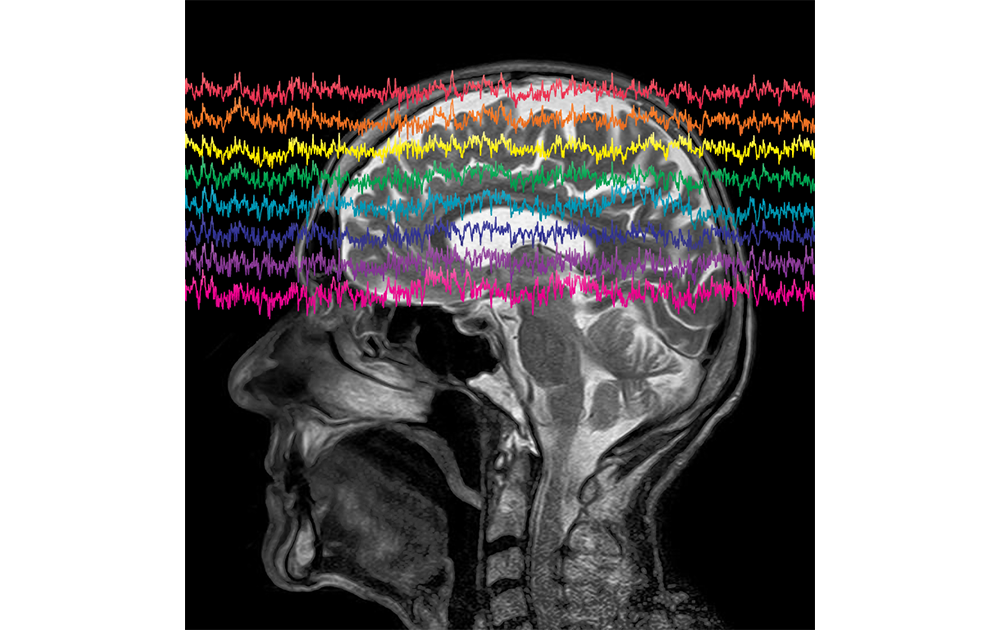Rhythmic brain waves determine what you see – or don’t see

Brain activity goes up and down many times per second, cycling between peaks of excitement and troughs of inhibition. These oscillations, or ‘brain waves’, have been linked to functions such as memory, attention, perception and language processing.
When it comes to attention and perception, the likelihood that you will see a specific object depends on where your brain activity is in the oscillatory cycle when (or just before) the object appears. You are more likely to see the object if your brain activity is in a trough, and less likely if your brain activity is at a peak.
Most research on this phenomenon has studied situations where people were asked to anticipate the appearance of an object in a specific location (a so-called ‘attended’ location). The only study on ‘unattended’ locations – where the object appears outside the area that people were asked to pay attention to – found that brain oscillations had no effect on perception.
Brain Function CoE researchers Anthony Harris, Paul Dux and Jason Mattingley wanted to look more closely at the effects of brain oscillations on unattended stimuli using a more robust experimental approach.
The team measured participants’ brain activity as they completed a visual detection task. During each trial, an arrow appeared at the centre of the screen and pointed to one of two boxes on either side of the bottom half of the screen. Participants were asked to pay attention to that box without moving their eyes from the arrow. In 60% of trials, a symbol would appear in the indicated box (attended stimuli). However, in 30% of trials, the symbol would appear in the other box (unattended stimuli). In the remaining 10% of trials, no symbol appeared at all. At the end of each trial, participants were asked to record whether they had seen the symbol.
Like previous studies, the team’s research showed that brain oscillations affect the detection of attended stimuli. However, in contrast to previous research, the team also found that brain oscillations had an effect on the detection of unattended stimuli – and it was almost twice as strong.
These results add to growing evidence that brain oscillations are involved not just in higher brain processes like attention, but also in general brain function.
Next steps:
The team plans to examine how these effects influence people’s perception of more complex visual stimuli – such as images of natural scenes – in everyday settings, rather than under strict laboratory conditions.
Reference:
Harris, A.M., Dux, P.E., & Mattingley, J.B. (2018). Detecting unattended stimuli depends on the phase of pre-stimulus neural oscillations. Journal of Neuroscience, doi: 10.1523/JNEUROSCI.3006-17.2018
This article was originally published on The Brain Dialogue. Read the original article.